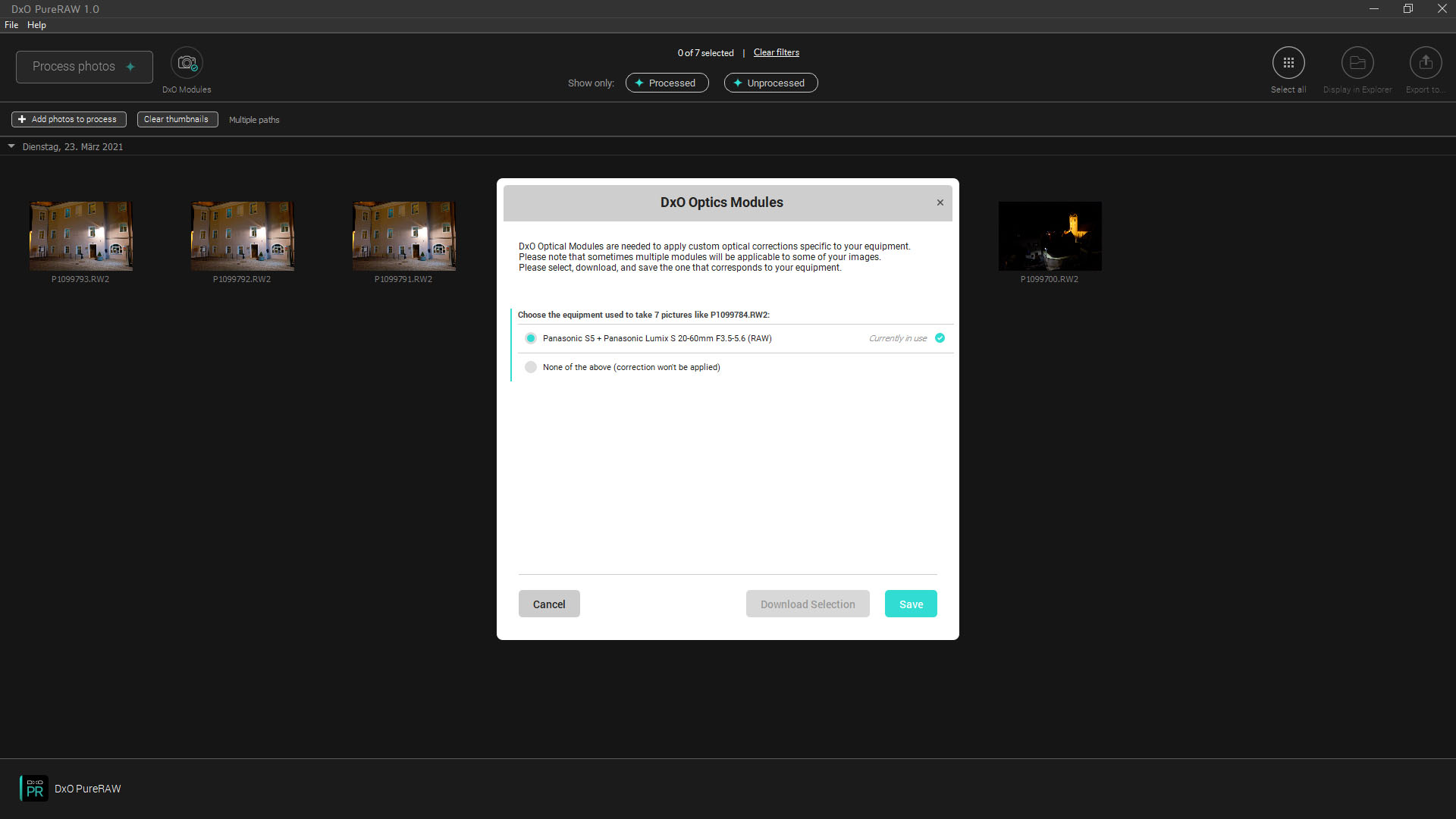

There are, of course, more things that can enter into the equation, such as workflow, ease of use, and cost. In this context, though, I'm talking about what gives you the most natural-looking, and the most artefact-free results when working with Fuji raw files. The term "best" is often quite misleading because as I said, it's often subjective. Secondly, unlike the previous version of this post, I’m not going to say definitively if I think one is better than the others because I think they all have pros and cons, but I’m going to present them as options with notes as to why they might be better than others and what other things you should know. If you prefer a different option, that’s totally up to you.

But, in this post, I’m only going to talk about the solutions that I would personally recommend. So, in the past, I've tried to present many different options, and let people decide for themselves. What I might find the "best" isn't necessarily what someone else might find the best for them. So, what are the best options for Fujifilm raw processing in 2022? (In my opinion) However, over the past two years since the last time I updated this, there have been a few changes to the landscape, and so it’s time to write an updated version. I’ve covered it extensively in the past, including a previous version of this article. The topic of how best to process Fuji raw files has been a long-running topic on this website.


 0 kommentar(er)
0 kommentar(er)
